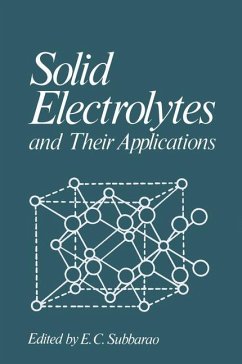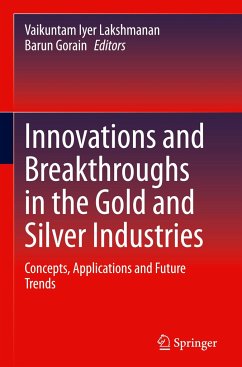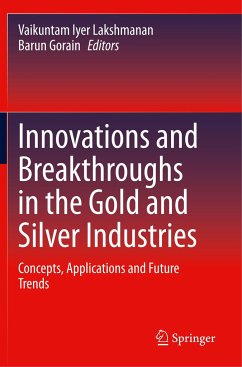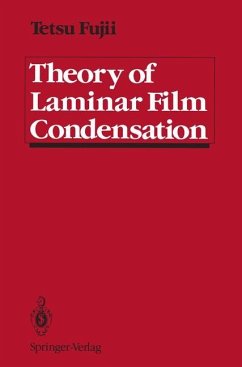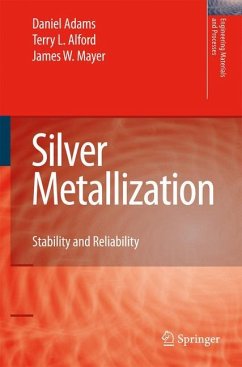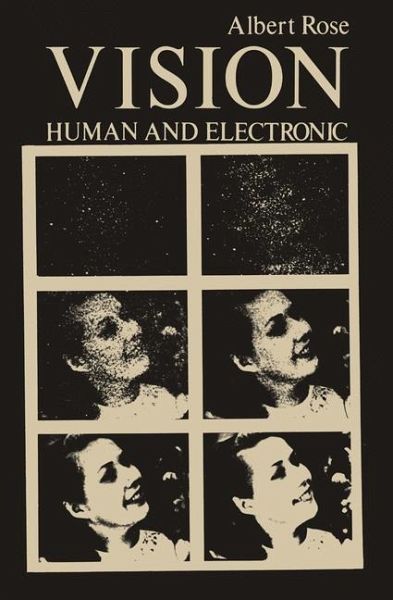
Vision
Human and Electronic

PAYBACK Punkte
46 °P sammeln!
The content of this monograph stems from the writer's early involvement with the design of a series of television camera tubes: the orthicon, the image orthicon and the vidicon. These tubes and their variations, have, at different times been the "eyes" of the television system almost from its inception in 1939. It was natural, during the course of this work, to have a parallel interest in the human visual system as well as in the silver halide photographic process. The problem facing the television system was the same as that facing the human visual and the photographic systems, namely, to abs...
The content of this monograph stems from the writer's early involvement with the design of a series of television camera tubes: the orthicon, the image orthicon and the vidicon. These tubes and their variations, have, at different times been the "eyes" of the television system almost from its inception in 1939. It was natural, during the course of this work, to have a parallel interest in the human visual system as well as in the silver halide photographic process. The problem facing the television system was the same as that facing the human visual and the photographic systems, namely, to abstract the maximum amount of information out of a limited quantity oflight. The human eye and photographic film both repre sented advanced states of development and both surpassed, in their performance, the early efforts on television camera tubes. It was particularly true and "plain to see" that each improvement and refinement of the television camera only served to accentuate the remarkabledesign of the human eye. A succession of radical advances in camera-tube sensitivity found the eye still operating at levels of illumination too low for the television camera tube. It is only recently that the television camera tube has finally matched and even somewhat exceeded the performance of the human eye at low light levels. It was also clear throughout the work on television camera tubes that the final goal of any visual system-biological, chemical, or electronic-was the ability to detect or count individual photons.





